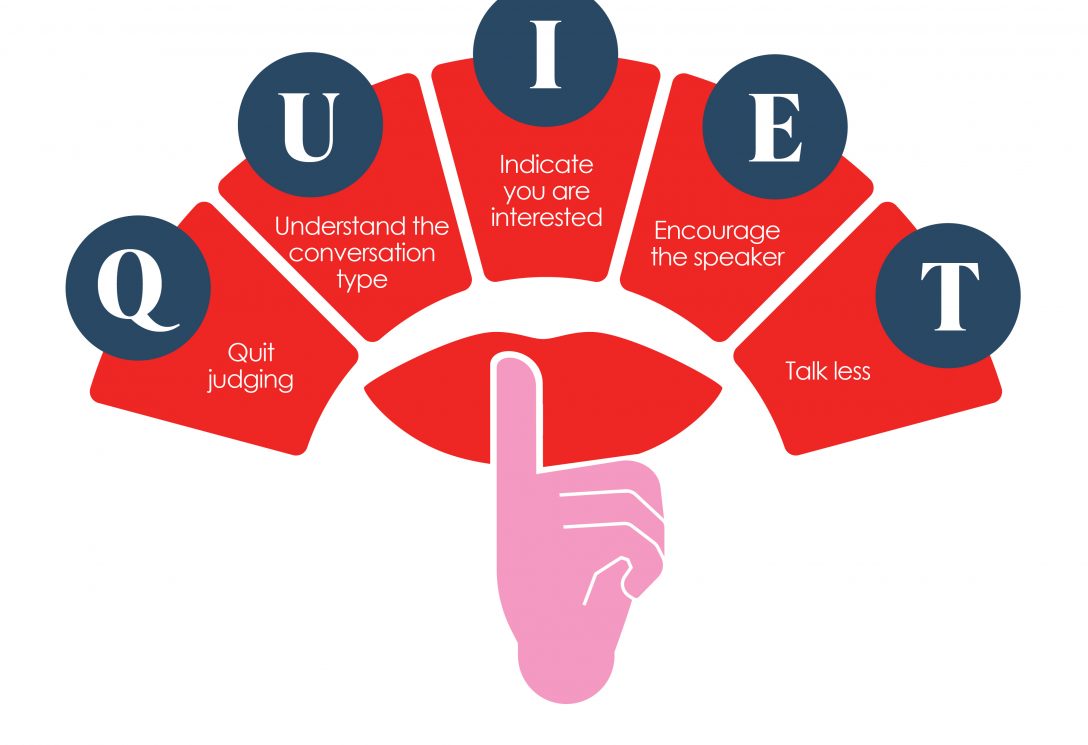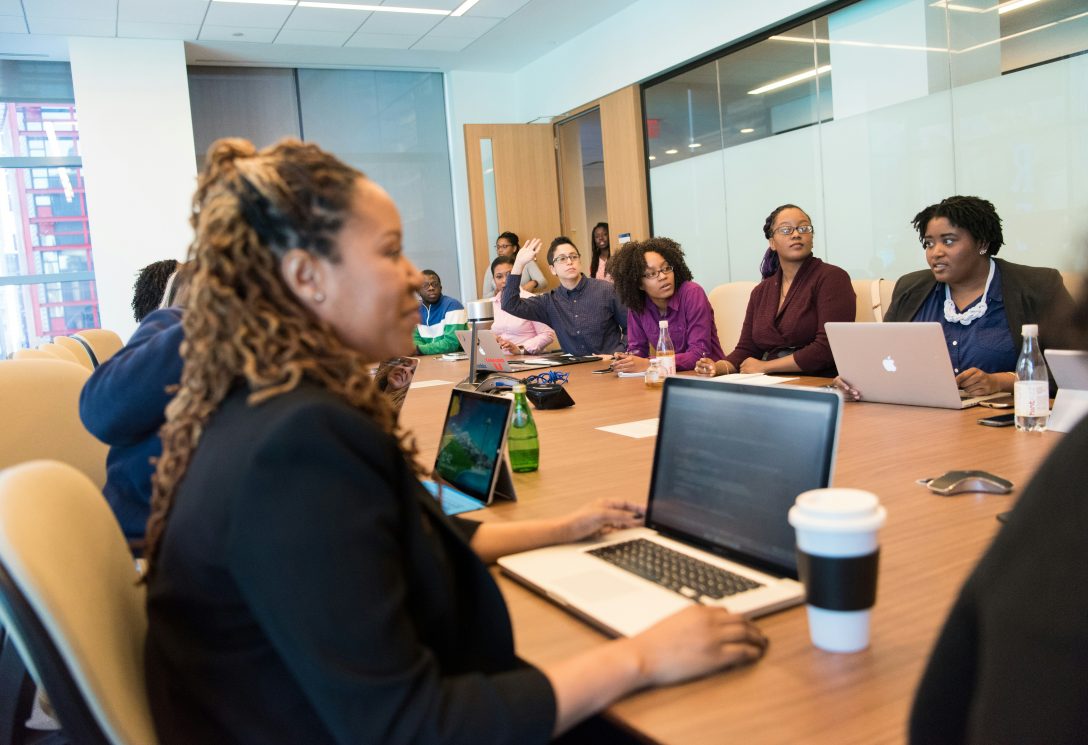Happiness at work – by design rather than luck
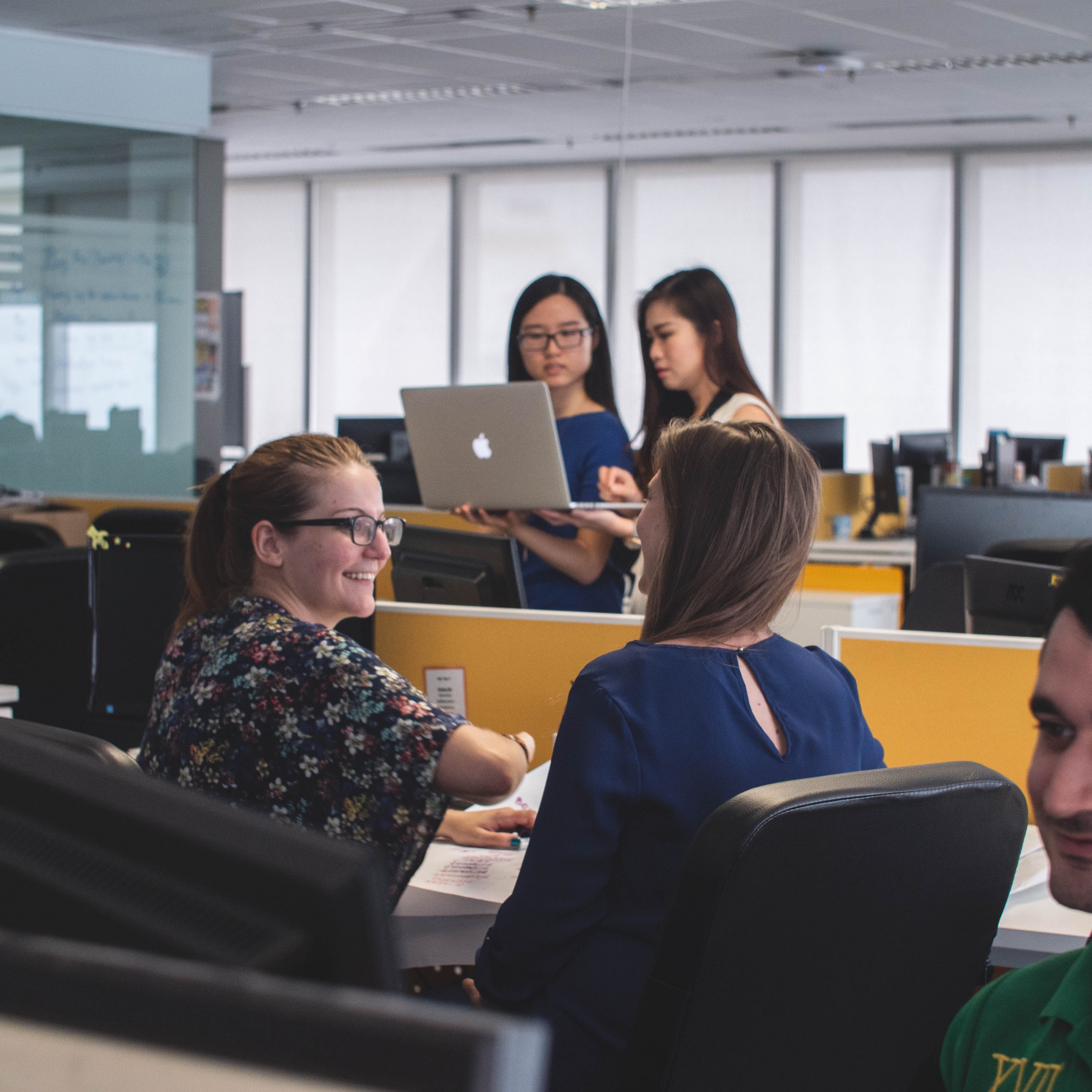
Hap comes from the Old Norse word, which meant chance, luck, fortune or fate. But there is much that employers can do to make happiness in the workplace more likely by design than by luck.
Happier employees are better teammates who invest more in supporting their colleagues. They let themselves be more creative. They are more likely to emerge as leaders, are more resilient and are less likely to leave a company. They are even more productive. All factors influencing a company’s bottom line.
This piece is ‘learning in the open’ as I try to understand what to think about happiness at work and the conditions that support it.
What helps people to be happy?
The 80-year-long Harvard Study of Adult Development pitches itself as the world’s longest scientific study of happiness. In ‘The Good Life,’ Robert Waldinger asserts that happiness comes down to two factors; our ability to stay healthy and the quality of our relationships with others. The stronger our relationships, the more likely we will live happy lives.
Happiness is an emotional response. Dacher Keltner, a professor of psychology at the University of California, Berkeley, believes that happiness is caused by the emotions we feel, like laughter and love and how we can successfully manage difficult emotions like stress. Thirdly, it’s also about social connection.
Arthur Brooks, another serial writer about happiness, believes we need enjoyment, satisfaction and purpose. Enjoyment is an emotional feeling, but importantly, Brooks says that what matters is the people you enjoy it with and the memories you’re making. The most valid form of satisfaction, according to Brooks, comes from pursuing intrinsic goals. Brooks terms this ‘earned success’, which he says is built from a sense of accomplishment and also self-efficacy. And lastly, purpose is what gives our life meaning.
Meaning was one of the five dimensions of Dr. Seligman’s PERMA™ theory of wellbeing from the school of positive psychology in the late 1990s. The PERMA model (Positive Emotion, Engagement, Relationships, Meaning, and Accomplishment) was written as a descriptive, not a prescriptive, model of the factors that enable wellbeing and flourishing (we use these two terms interchangeably). Seligman had already identified that positive emotions (e.g., hope, joy, pride, gratitude), engagement, and meaning were central to happiness. He later proposed that accomplishments (the need for achievement) and relationships were requisites for flourishing.
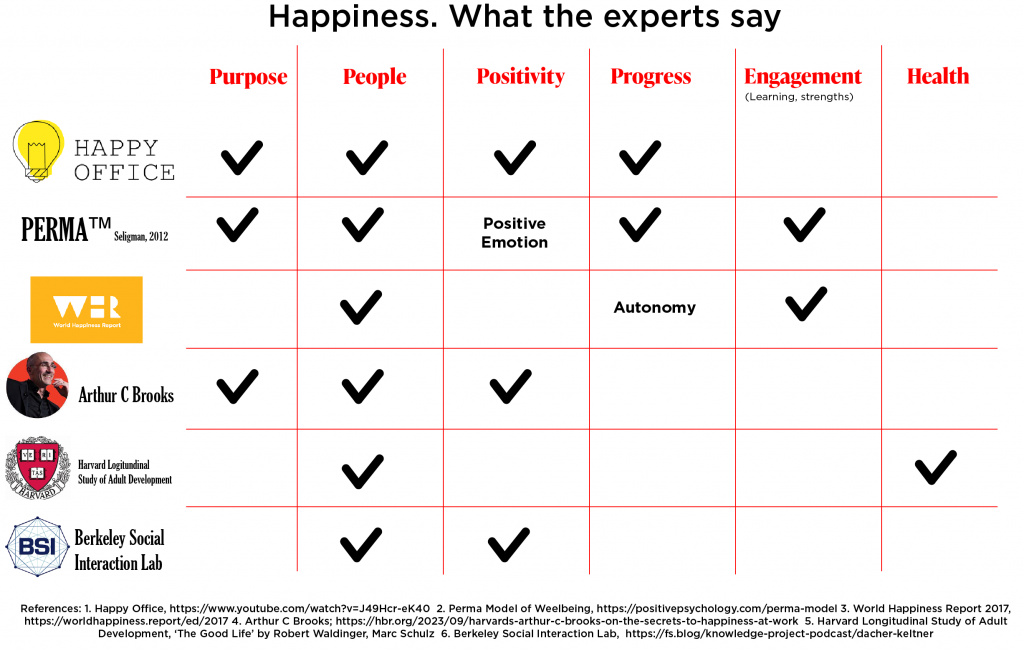
Every expert emphasises that happiness is not a formula. When you look across different experts’ perspectives, there only appears to be agreement around one dimension: our relationships with other people support happiness.
Happiness at work
According to the 2017 World Happiness Report, the predictors of happiness in the workplace are job variety/the ability to learn new things, the level of individual autonomy that employees enjoy and social capital; the support received from fellow workers (job security and health and safety are also critical fundamental factors). Note that the ability to learn things and play to one’s strengths aligns with Seligman’s definition of engagement.
Maartje Wolff and Fennande van der Meulen, founders of The Happy Office, use their four pillars of happiness concept to promote happiness at work. Like every truly valuable framework that brings power through simplicity, the four pillars unite the thinking of various happiness academics and build on Maartje and Fennandes’ workplace research on happiness, collected with the Woohoo Community that they co-lead (disclosure: Flow has recently become a Woohoo Community UK Partner).
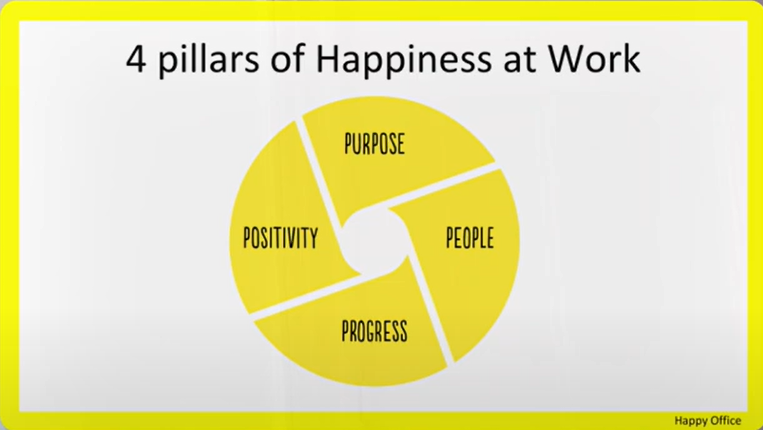
The four pillars of happiness at work framework incorporates the dimensions we’ve already covered, such as purpose (important for Seligman and Brooks) and Positivity (important for Seligman, Brooks and Keltner). It borrows from Seligman’s view of accomplishment and engagement and Brook’s view of satisfaction in the pillar of ‘progress’. Harvard Business School professor Teresa Amabile and her husband, Steven Kramer, collected almost 12,000 daily dairy entries from 238 employees at seven companies to discover what constitutes a great day at work. The single most significant day-to-day motivator was “making progress in meaningful work”. The Happy Office’s concept of progress also neatly incorporates the desire for development and autonomy that the World Happiness Report references. Their fourth pillar is people which includes creating the conditions for relationships to flourish, including nurturing connection and belonging.
How can we help employees have fewer bad days?
Employee research shows that good days result from making meaningful progress, having autonomy and having fun with coworkers. A lack of help and support from bosses can cause bad days. Interestingly, during the pandemic, the World Happiness Report 2021 found that having a supportive manager became the most significant predictor of happiness.
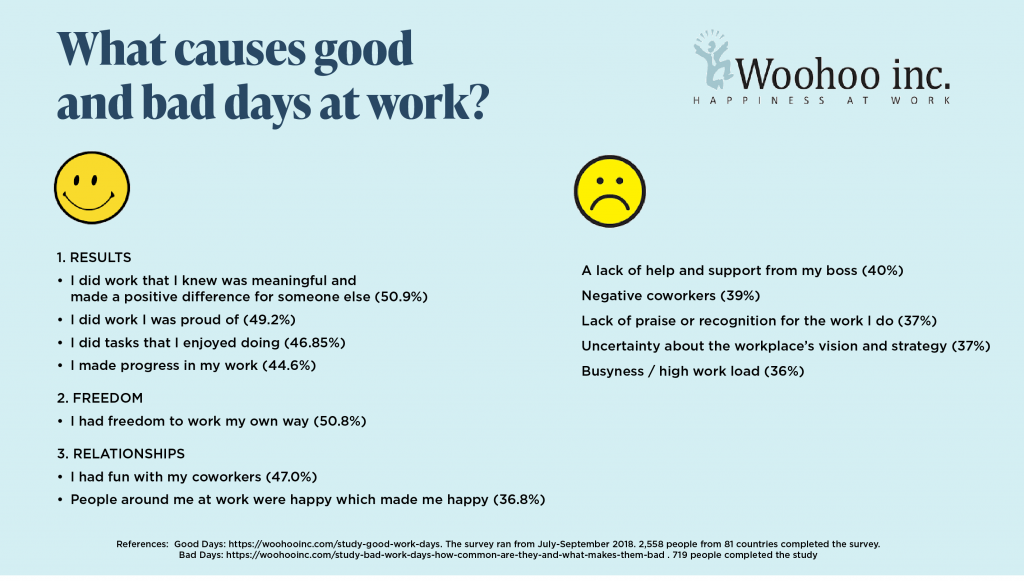
Another factor is negative coworkers. Research exploring the role of social networks in shaping human behaviour has proven that much of our behaviour is contagious. “Like secondhand smoke, the leakage of emotions can make a bystander an innocent casualty of someone else’s toxic state.” – Daniel Goleman. If happiness is shaped by the moods and interactions of those we work with in our extended teams, it’s important to work with those who are vocally negative to understand what isn’t working for them.
Clarity also matters. Employees often need more clarity than leaders assume they do. That’s why it’s essential to communicate and reference the company’s vision and strategy at a high cadence to help reduce uncertainty.
Everyone wants to feel heard, seen and respected. High levels of feedback and recognition are vital attributes of workplace cultures with high connection and belonging.
Lastly, we can help create fair and manageable workloads so that colleagues have enough time to rest and re-energise outside of work, which is important for building resilience. Work-life balance was also a key factor identified by the 2017 World Happiness Report.
This last factor is critical. Whilst purpose helps strengthen belonging, it is becoming too typical to hear stories of cultures where employees define themselves by what they produce. Burnout feels more strongly associated with companies that overly focus on personal productivity.
Where are we today?
Today, there is more focus on the concept of wellbeing at work. This broader concept includes mental and physical health, career progression, and financial health. Again, this signals that happiness is not a formula to follow but rather that a company should set the conditions that support workers to be themselves and do their best work.
Job satisfaction depends on feelings of accomplishment (often when using your strengths), feeling supported, not micro-managed, being recognised for a job well done, having access to learning, having the opportunity to try things without blame and work-life balance.
We all need a best friend at work. Our happiness and wellbeing depend upon the strength of our relationships at work.
What we are only now starting to appreciate are the unconscious biases that have always been shaping our workplaces and contributing to unhappiness. Fairness, equality and inclusion practices will grow, as will flexibility practices that are needed to work remotely and in hybrid contexts.
The after-shock of the pandemic has created many fragilities in the social fabric of life. Two years later, secondary school attendance is lower. Anxiety feels like it is rising in both young people and their parents. People are battling with increased financial pressures. Access to services is more challenging than before. Some protagonists say that we are becoming too independent and self-centred. All of these themes become part of the workplace. Perhaps this is why we are seeing such a growth in the Chief Happiness Officer role. Happiness at work is as important as it has ever been at a time when we need to regain our confidence, when we want to feel supported and cared for and remember that we are stronger together.
In summary
We know the conditions that keep people satisfied with their work. We also know that positive emotions are a prime indicator of flourishing and that emotions in the workplace are contagious. People often feel happier when they give to others, when they are empowering others. We can foster more team-orientated rather than individually-focused and selfish cultures to support this. We can focus on making work more playful and increasing shared enjoyment.
Flow is a ways of working company. We help you to create the conditions where your people can flourish, where decisions, meetings and ideas can flow. If you’d like to discuss how we can help you to improve your teams’ happiness, get in touch at hi@thisisflow.co

